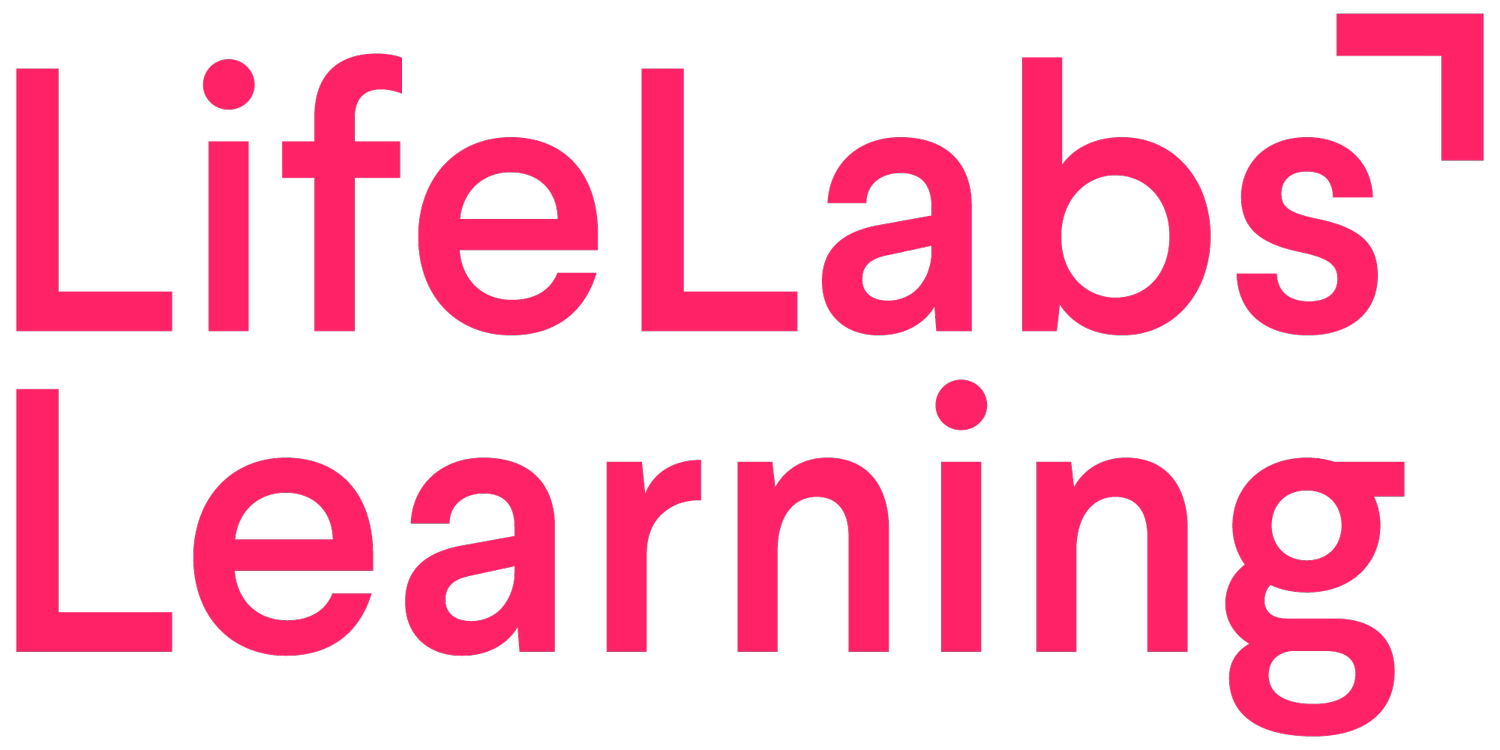Remote attrition is coming
5-minute read
Many people are still struggling under the weight of unemployment, and yet a growing number of employees are either already changing jobs or rethinking their commitment to their organizations. And with geographic barriers vanishing, competition for talent will rapidly increase. As new job openings continue to emerge, there will be a wave of attrition.
Companies and managers are especially vulnerable to losing their employees when everyone works remotely. When we are at a distance, the psychophysiological ‘threads’ that kept us bound to our physical workplaces are gone. For example, leaving your in-person job meant packing up your desk, saying goodbye to your favorite coffee shop, missing out on Bagel Day, and losing that great view from your office. By contrast, leaving your remote job can be as simple as logging out and changing your passwords.
Contrary to popular assumption, our sense of belonging in a company doesn’t just stem from our hearts and minds but also from our physical bodies--a concept we call ‘Embodied Engagement.’
While we often think of ourselves and our fellow humans as brains on a stick, processing the world around us through our thoughts and feelings alone, that’s not how humans work. Those very thoughts and feelings are sparked in large part by visual and motor processing, which make up more than 50% of our cerebral cortex. Our physical surroundings and embodied experiences shape how we think and feel about the world around us.
So, what can we do to make up for those sweet somatic cues of belonging we got from in-person workplaces and increase people’s sense of engagement at work? At LifeLabs Learning, we’ve studied what makes engagement and connection possible virtually and have learned that there are essential factors that matter more than others, including those that prevent disengagement and those that create Embodied Engagement.
It’s important to remember that remote work doesn’t have to feel like a subpar substitute for the in-person experience. Instead, our goal should be to build on the unique physical opportunities the virtual environment creates--like getting to see inside people’s homes, hear their pets, and play games with coworkers from around the world.
While the somatic threads that bind us to in-person work are comforting and familiar, the good news is that the virtual thread alternatives are more resilient. They just have to be woven deliberately. And they have to be woven right now.
The Hybrid & Remote Work Playbook
Get Hybrid Ready and transform your employees into nimble collaborators, ready to share in the responsibilities of change.
Instantly access the free playbook by click the link below.

